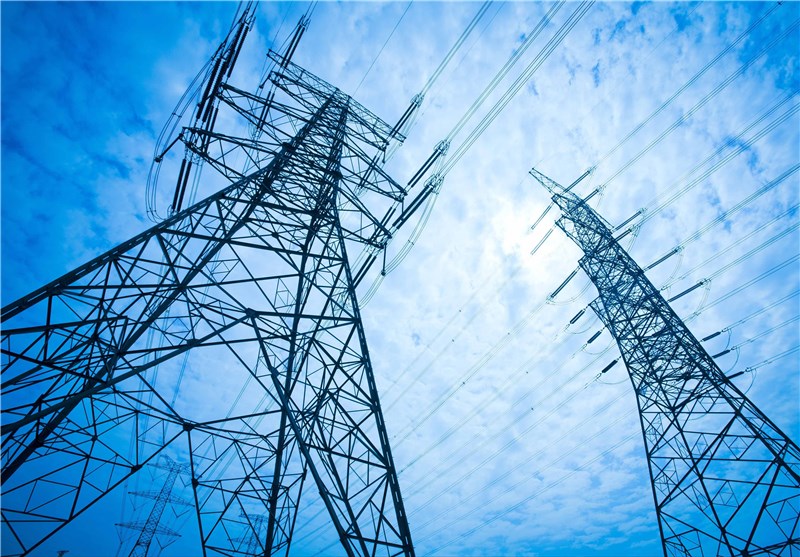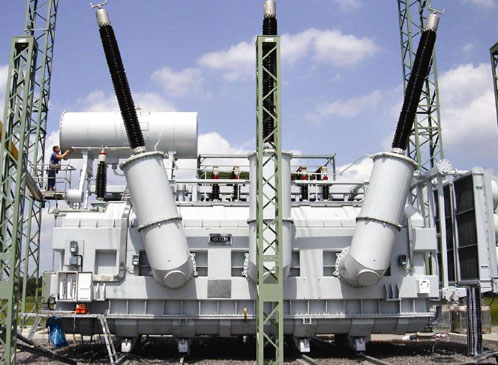صنعت انرژی در ایران- سه ماهه اول 2016
BMI Industry View
The signing of the Joint Comprehensive Plan of Action between the Iranian government and the PG+1, comprised of the five permanent members of the Security Council and Germany, an agreement aimed at bringing an end to sanctions on Iran through agreement on the country's nuclear programme, has precipitated considerable activity among foreign investors looking to take advantage of the country's considerable market for electricity, both in terms of domestic supply and export.

Since the signing of the agreement, several companies, many of them European, and several government delegations have visited Iran, signing agreements with the government aimed at installing a number of new power plants in the country.
BMI forecasts Iran's total power generation to be 258.11TWh in 2016, an increase of 1.55% on 2015's 254.17TWh. Between 2017 and 2024, BMI forecasts this output to increase at a year-on-year (y-o-y) average rate of 2.34% to 310.52TWh in 2024. This represents a slight revision on BMI's previous forecast for the period, when research suggested generation would increase by an average y-o-y rate of 2.73%.
According to BMI's research, Iran will have 80,864.37MW of installed capacity in 2016, representing a 0.37% increase on 2015's 80,409.30MW. During the period 2017 to 2024, this figure will increase at an average y-o-y rate of 1.9%, reaching 93,957MW by 2024.
Growth in the Iranian power sector will continue to be driven by gas-to-power, as the government seeks to take advantage of the country's abundant natural gas wealth. The government will also push ahead with its programme of converting older simple cycle units to combined cycle technology, thereby increasing efficiency and boosting capacity.
However, since the signing of the Joint Comprehensive Plan of Action trend is at play which will see foreign investment increase in the country's power sector, with accompanying growth in capacity and output. In terms of the Iranian power sector, the signing of the agreement has paved the way for the signing of a raft of deals with governments and companies in Europe, Russia and Asia, who plan on investing substantial capital in new developing new power plants to supply the country's 80m people, as well as for export.
According to BMI's research, these agreements are likely to bear fruit from 2019, when the first plants will be commissioned. This can be seen in the sharp rise in installed capacity from this date. This sharp rise can be seen in the contrast between the y-o-y percentage increase between 2016 and 2019, which BMI forecasts to be an average of 0.63%, versus an increase between 2019 and 2024 of 2.31%. This represents y-o-y average additions of 354.12MW and 1,711MW for each respective period.
Signs of increased foreign investor confidence were apparent during the holding of the 15th International Electricity Exhibition in early November in Tehran, in which some 200 foreign firms (alongside 341 Iranian firms) were represented. During 2014, only 110 foreign companies attended.
In addition, there are hints that the Iranian government will seek to relax its strict rules on private companies exporting part of the electricity they produce. In October 2015, the Ministry of Energy announced it was considering reforming these regulations, providing added incentives for foreign companies to invest. Energy Minister Hamid Chitchian announced recently the government was seeking USD50bn of new investment in its electricity market.
However, despite growing investor confidence, BMI's research suggests Iran will fall short of its ambitious targets during the period 2017-2024. Even when new investments begin to be commissioned after 2019, the government will fall short of its stated target of adding 5GW per year.

Key Trends And Developments
■ In October 2015, Germany's Green Energy 3000 GmBH signed a memorandum of understanding with the Khuzestan District Electricity Company (KDEC) to install 100MW of solar power in the southwestern city of Ahvaz. The Ahvaz MoU follows the signing of an agreement in August between the German and Iranian governments in August, which aims to generate 100MW of wind power, plus 400MW of solar in Khuzestan.
■ Iranian press reported the government had signed a series of agreements which could lead to the installation of around 1GW of new solar capacity in Khuzestan.
■ In early November, it was reported the government had signed an agreement worth USD6bn with an unnamed European company to install 4,250MW of new capacity, much of it made up of wind power, in the country.
■ Italy's Fata, part of Finmeccanica, has also reportedly signed a preliminary agreement with the Ghadir Investment Company to build a power plant in Iran. The agreement could be worth up to USD543mn.
■ It was also reported in the Iranian press the government had held a series of talks with South Korean energy companies, which aimed at developing renewables plants. The companies reportedly included Hyundai, Tucson, and LSLC companies, as well as the Export-Import Bank of Korea.
■ Several government delegations have visited Tehran with a view to fostering cooperation in the electricity sector. This includes a September visit by Spain's Industry, Energy and Tourism Minister Jose Manuel Soria to see energy minister Hamid Chitchian, during which the two discussed cooperation on renewable energy and a visit from Russian Energy Minister Alexander Novak, aimed at exploring cooperation on power issues between Iran and Russia.
■ There has also been considerable progress on the strengthening of Iran's electricity trade with its neighbours, including the launching of a new round of talks aimed at building a 400kV line from the Turkmen city of Mary to the Iranian city of Sarakhs, and negotiations between the Iranian and Armenian governments to increase their gas for power trade by 75%.

گزارش تحلیلی بیزینس مانیتور- صنعت انرژی در ایران- سه ماهه اول 2016

